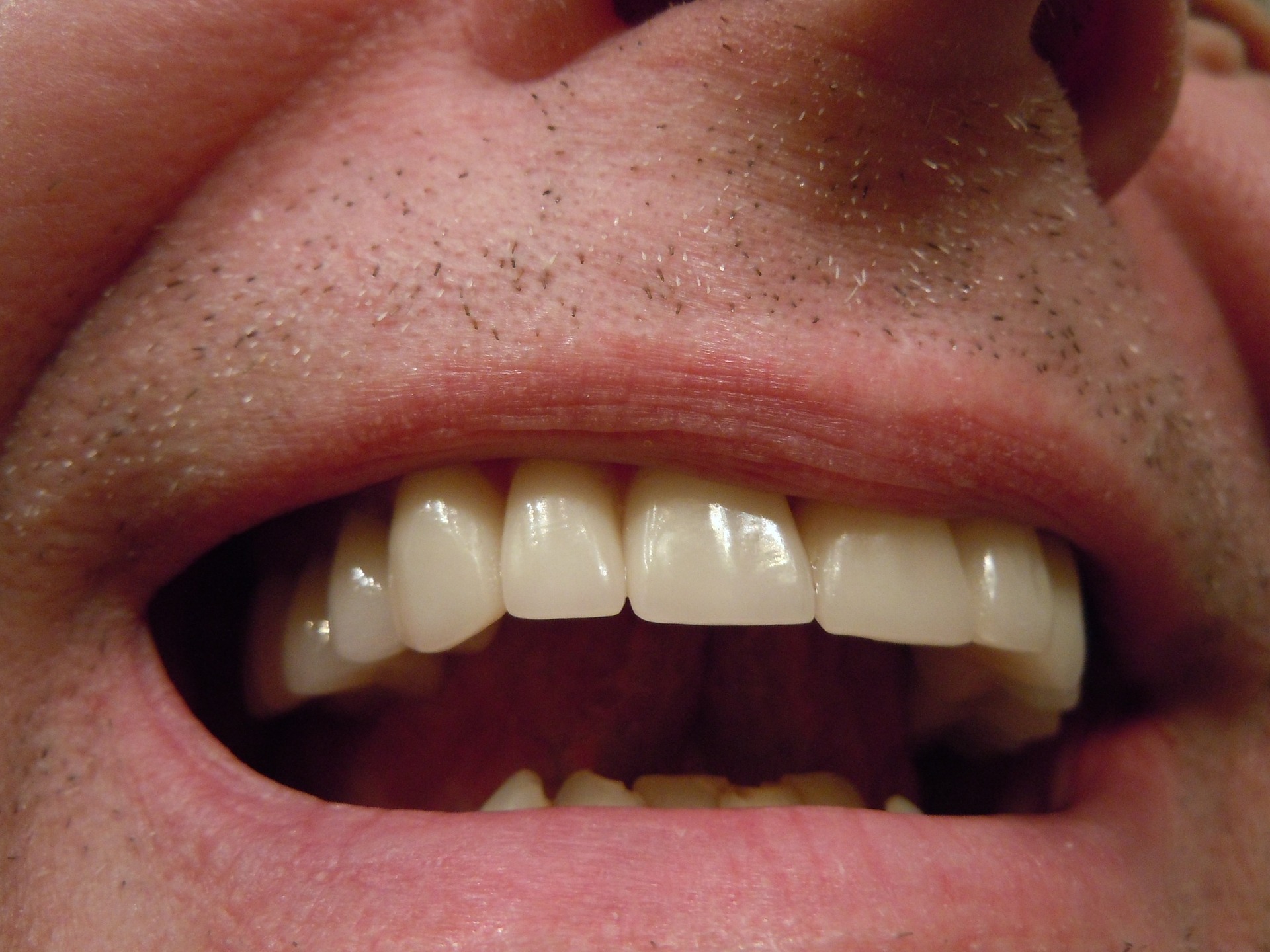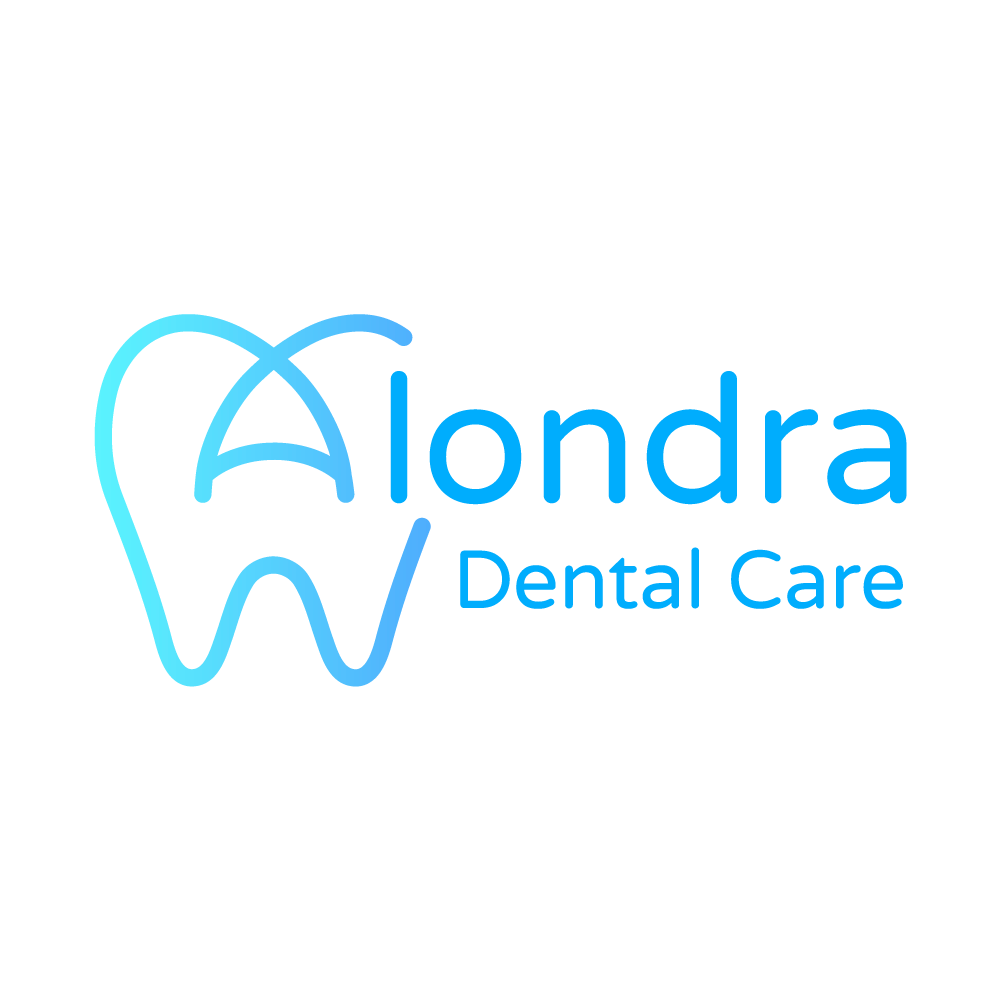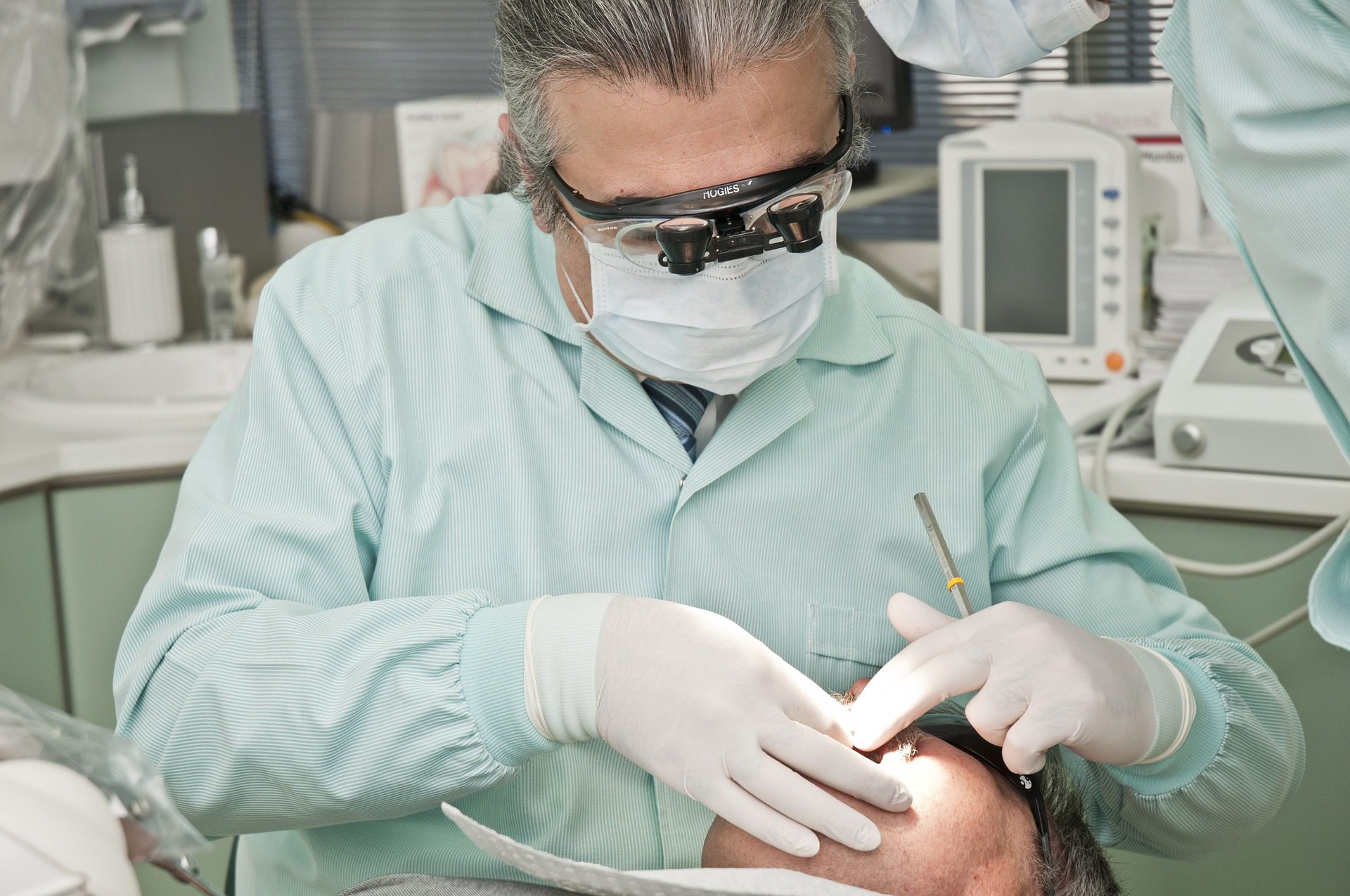Modern dentistry has several ways to repair damaged teeth or cover gaps, and two of the most common are bridges and crowns.
The question is, what’s the difference between a dental bridge procedure and a crown procedure?
Although these two tooth-repair solutions do have some similarities, they serve different purposes. Here are the key distinctions that can help you decide between bridges and crowns.
What are Bridges and Crowns Used For?
A crown is a tooth-colored cap that’s designed to cover your existing tooth. It can help with treating a wide variety of tooth problems. A bridge, on the other hand, fills in a space left by a missing tooth.
The biggest difference between a dental bridge procedure and a crown is how they function.
Uses of Crowns
A crown is an ideal treatment option if you are missing the middle portion of one of your teeth due to root canal therapy, a cavity, or a filling. A crown can cover your tooth to protect its integrity. Likewise, crowns can replace worn-out or oversized fillings.
You may also benefit from a crown if your tooth has been fractured and is at risk of coming apart when you bite something hard. A crown will fit over your tooth and keep the split tooth together.
Your dentist might additionally recommend a crown for you if your tooth is cracked below your gum line where a filling can’t reach.
Crowns are also great options for teeth that are missing pointed edges—called “cusps”—due to breaks or cavities. Fillings are usually insufficient to fix this problem, but crowns can save the day.
Finally, you may be an excellent candidate for a crown procedure if your tooth is misshapen or needs straightening for dental health or aesthetic purposes. A dentist will simply fit a crown over your misshapen tooth to fix this issue.
Uses of Bridges
Your dentist may recommend a dental bridge procedure for you if you’ve lost teeth as a result of gum disease, tooth decay, or injury. Your bridge will restore your smile’s natural look and may also restore your chewing ability. Bridges can additionally improve speech and stop other teeth from shifting to your mouth’s empty space, therefore preventing other dental complications.
To qualify for a bridge, you need to have decent oral health overall. This is because the bridge attaches to the two teeth on either side of the gap. Your bone structure must be solid, and your teeth should generally be healthy for a bridge to work.
What Are Bridges and Crowns Made From?
Crowns are typically made from all porcelain or from gold with a thin layer of porcelain fused on top so the tooth looks natural. Bridges also use a porcelain or metal framework, and the dental bridge procedure involves bonding the bridge to the adjacent teeth with resin.
Traditional dental bridges attach to porcelain crowns, so sometimes bridges are inserted following a crown procedure.
What Is the Procedure for Bridges and Crowns?
In either case, you will need at least two appointments for your dental bridge or crown. At the first appointment, the dentist will take measurements and consult with you about the procedure.
In the case of a crown procedure, at the first appointment, the dentist will remove all decay, prepare the tooth, and place a temporary crown. You will have to return to get a permanent crown fitted, but the good news is that crowns can last several decades with proper care.
For a dental bridge procedure, the steps are similar. At the first appointment, the dentist will take impressions, shape the adjacent teeth, and place a temporary bridge. When you return at the next appointment, you’ll receive your permanent bridge. Bridges typically do not last quite as long as crowns, but with proper oral hygiene, they still can last more than ten years.

Bridge vs. Crown: Which Is Better?
It depends on your situation! When it comes to a dental bridge procedure vs. a crown, you cannot simply choose one or the other. A crown requires the tooth to still be present, but a bridge replaces a missing tooth. Neither procedure is “better.” They just treat different needs.
Many patients ask about the cost. Note that bridges generally cost more than crowns because the procedure is more involved and requires more materials. A crown usually carries a price tag of $1,000 to $3,500, whereas a dental bridge may cost you between $2,000 and $5,000 without insurance.
Keep in mind, these procedures serve different purposes, and they aren’t interchangeable. A crown is not a cheaper version of a bridge, even though people often mention these two together in conversation.
If you have health insurance, your insurer may cover your crown or bridge—or at least a portion of the procedure. Call our office at 562-484-0650 to determine the exact amount of your insurance coverage. We accept all insurance companies except for Medi-Cal and will help you understand what’s covered.

Explore Bridges, Crowns, and Other Treatment Options at Alondra Dental Care
Alondra Dental Care is proud to be your leading full-service dental practice in Norwalk, California. In addition to offering bridges and crowns, we provide porcelain veneers and dental implants. Our mission is to create a comfortable and personalized experience for our patients while promoting their long-term oral health.
Over the years, we have earned a reputation for providing top-tier comprehensive dental care in one location. Before we pursue treatment, we always clearly communicate what to expect. We also offer sedation options and welcome patients to bring headphones and music to their appointments to keep them as comfortable as possible. We currently accept any PPO for dental health coverage as well.
When you visit our office, you’ll immediately sense our caring and friendly atmosphere. Get in touch with us to learn more about a dental bridge procedure vs. a crown and our other treatment options, and schedule an appointment today!




